Parking garages are often seen as the antithesis of people-friendly urban planning. However, in the context of densification and reasonable use of raw materials, they too need to be re-thought. These projects combine the utilitarian structure set to accommodate cars with unique spaces that would reduce congestion, address density and provide a healthy and invigorating environment for city dwellers.
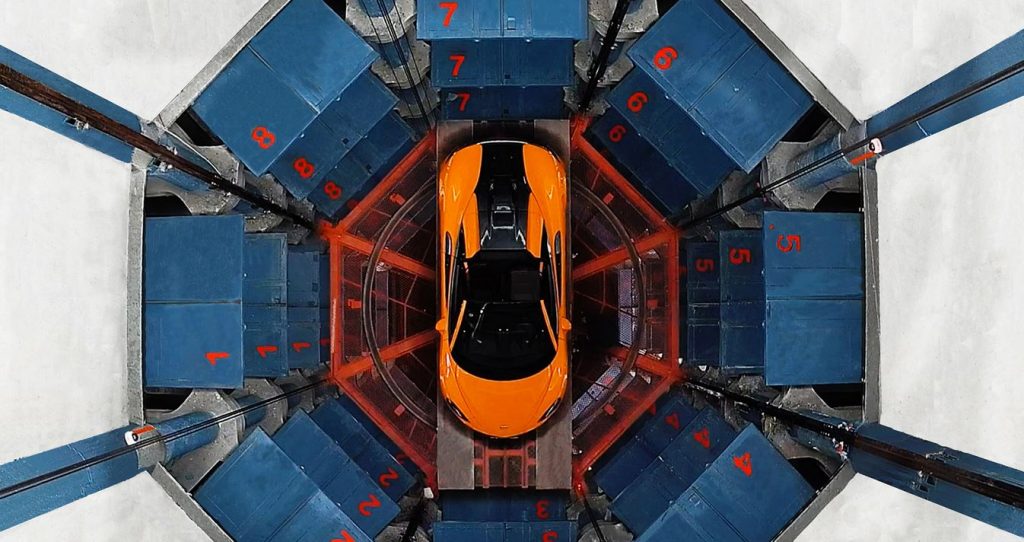
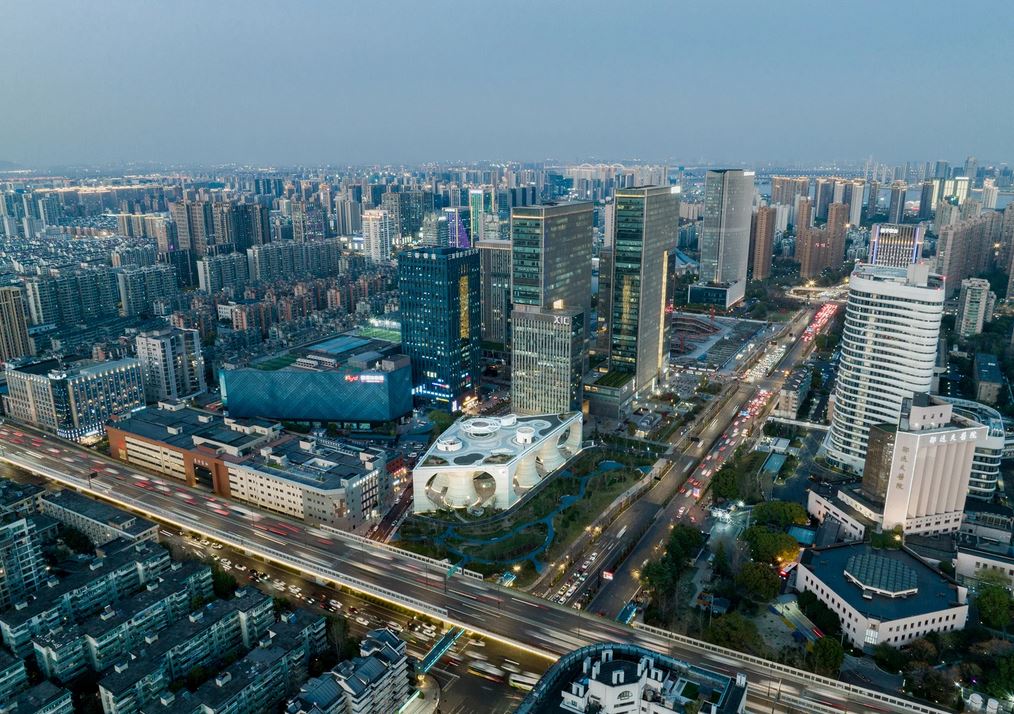
Future Car Park by Daniel Statham Studio (also header image)
Designed by London and Shanghai based architecture firm Daniel Statham Studio, a new vertical car park in central Hangzhou, China, invents a new way for people to commute to urban hubs, while creating an urban oasis that is a synthesis of the latest automated parking technologies, public space, event spaces and hanging gardens for the public.
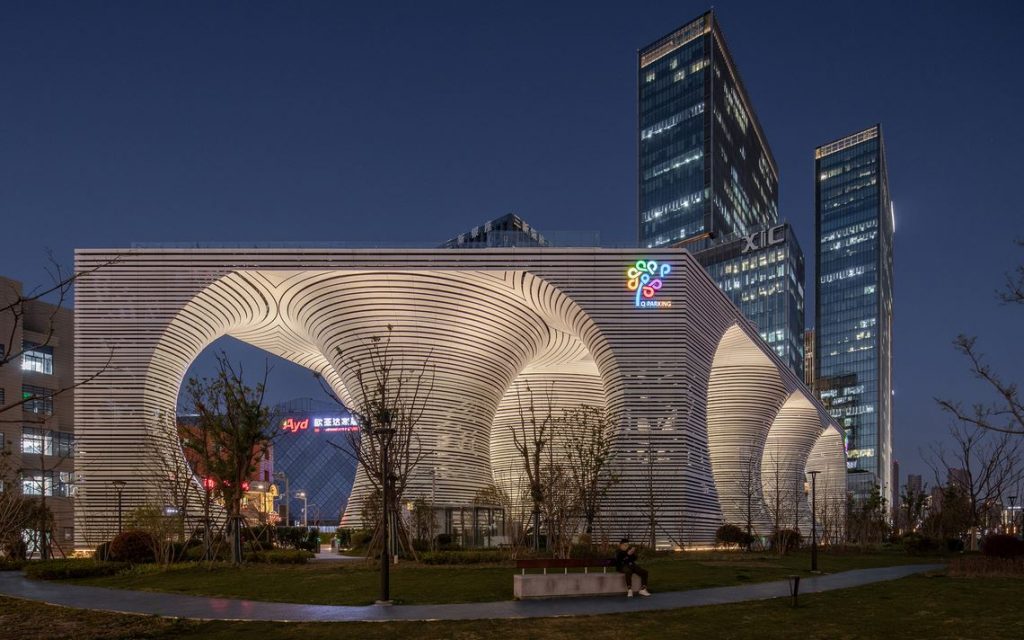
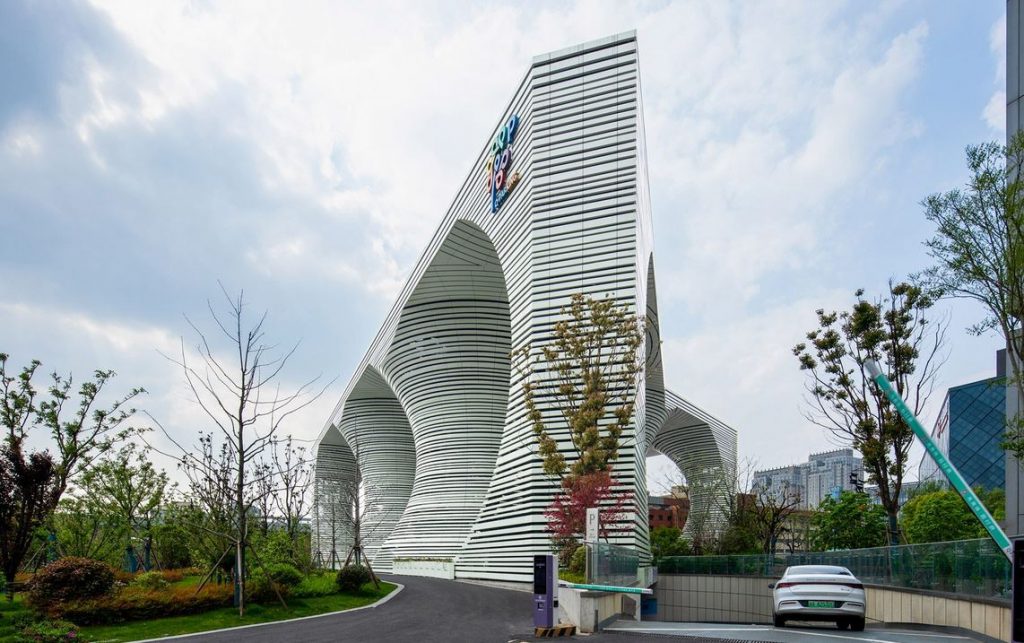
Future Car Park by Daniel Statham Studio
Named Future Car Park, the facility accommodates 500 cars and uses a fully automated lift system to lift them. The building comprises three circular towers that are used for stacking cars and other three to transport visitors from ground level to the rooftop. Additional four orthogonal towers, located on the corners of the site, contain fire escapes.
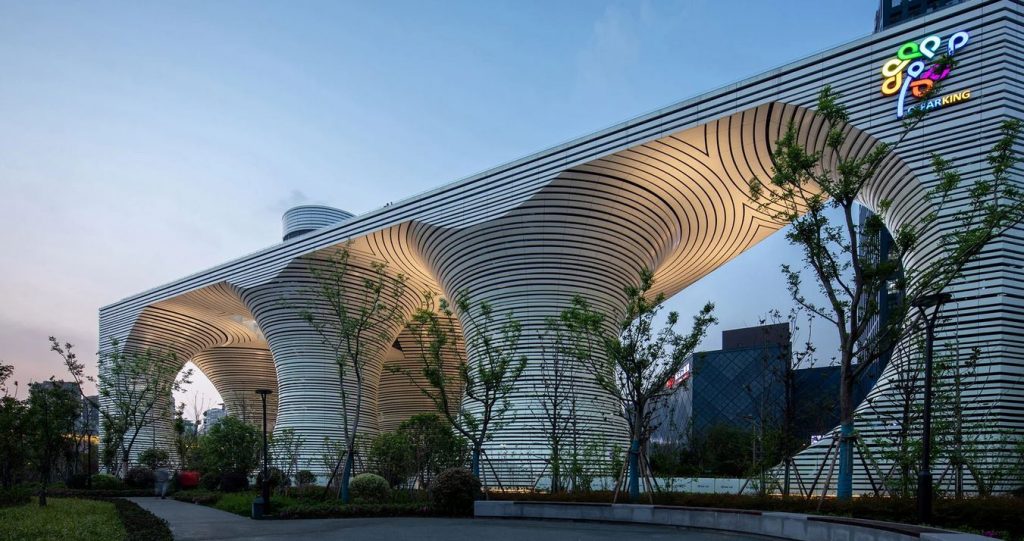
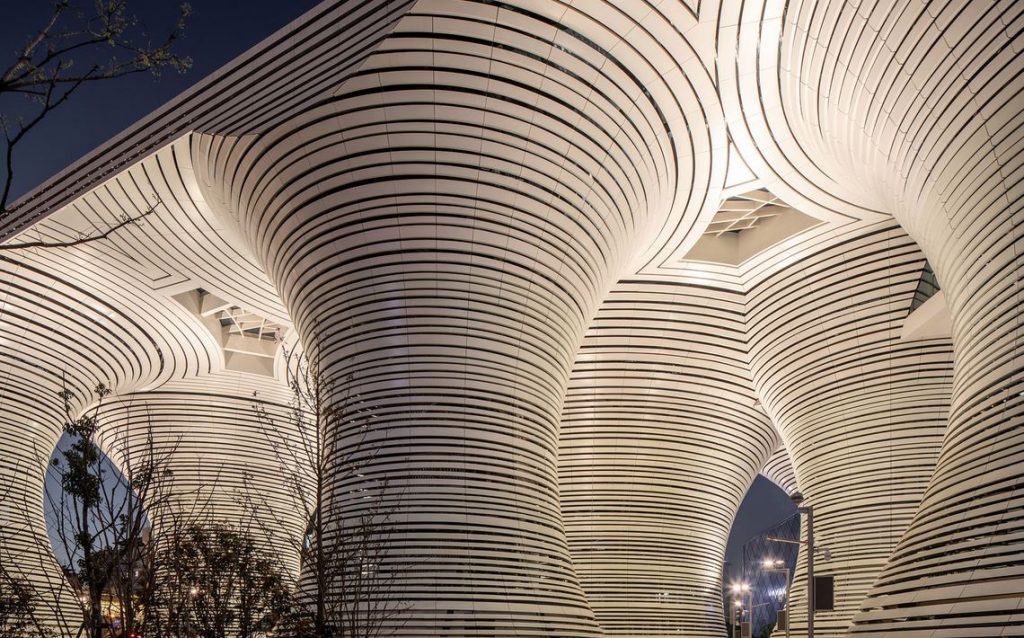
Future Car Park by Daniel Statham Studio
All of the towers seem to “blossom” into a roof form on top of the building. This roof form accommodates a rooftop garden and viewing platforms that provide social spaces for the public and will house events and exhibitions overlooking the city. It also acts as a tree canopy protecting a plaza under it from the hot sun and rain.
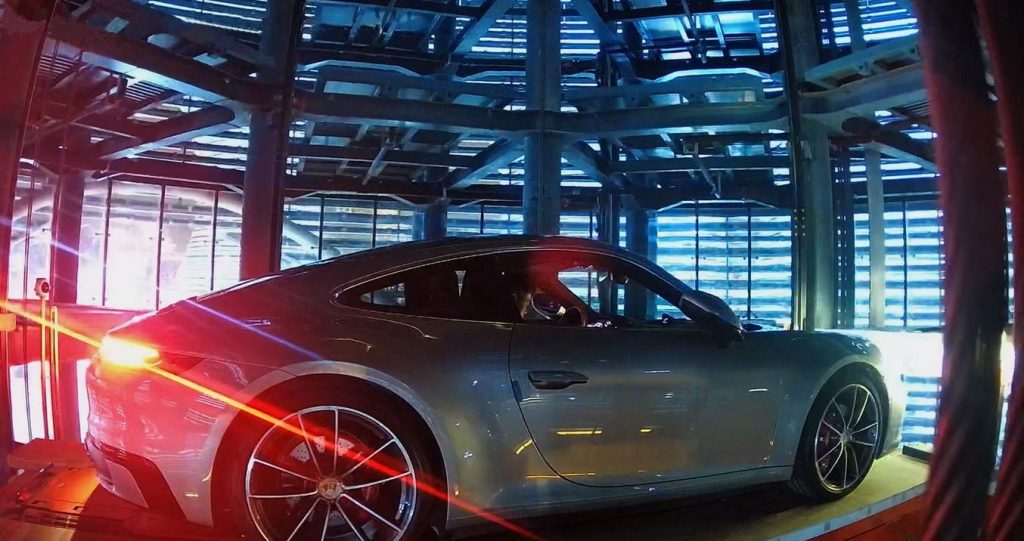
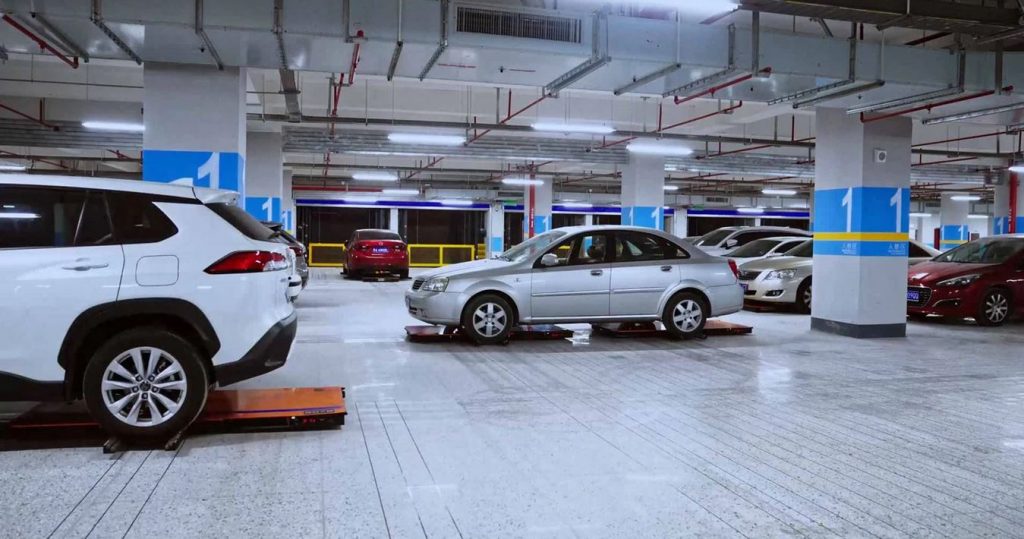
Future Car Park by Daniel Statham Studio
Cars are driven into the building at the basement level, where people and cars are separated into different towers. The cars are then either taken to lower parking zones within the basement or stacked in the towers via the lifts. Vertical movement of the cars within the towers is visible through the metal louvres that clad the façade. This porous cladding system not only establishes the vertical structure for lateral stability of the whole building but also acts as a ventilation system, which penetrates into the basement areas of the building.
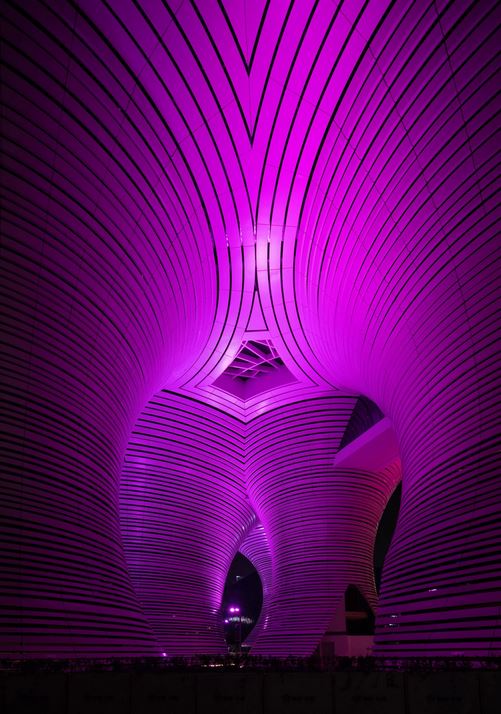
Future Car Park by Daniel Statham Studio
The car park ventilates any car fumes from non-electric vehicles around the basement edge via the ramping system and deep within the floor plan using the ‘towers’ as a kind of 21st-century chimney.
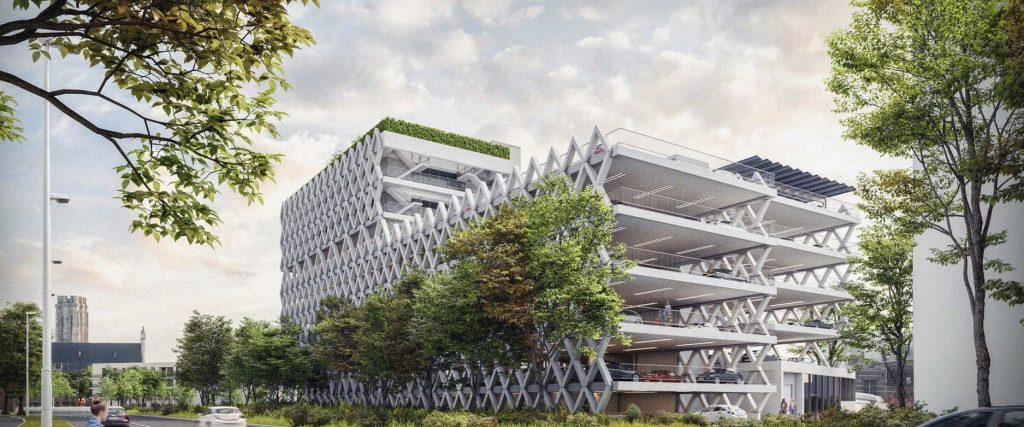
Genk hospital car park by Archipelago
Conscious for several years of the need to design future-oriented mobility infrastructures, Brussels- based studio Archipelago has adopted an eco-design approach for the Genk hospital car park in Ziekenhuis Oost-Limburg, Belgium.
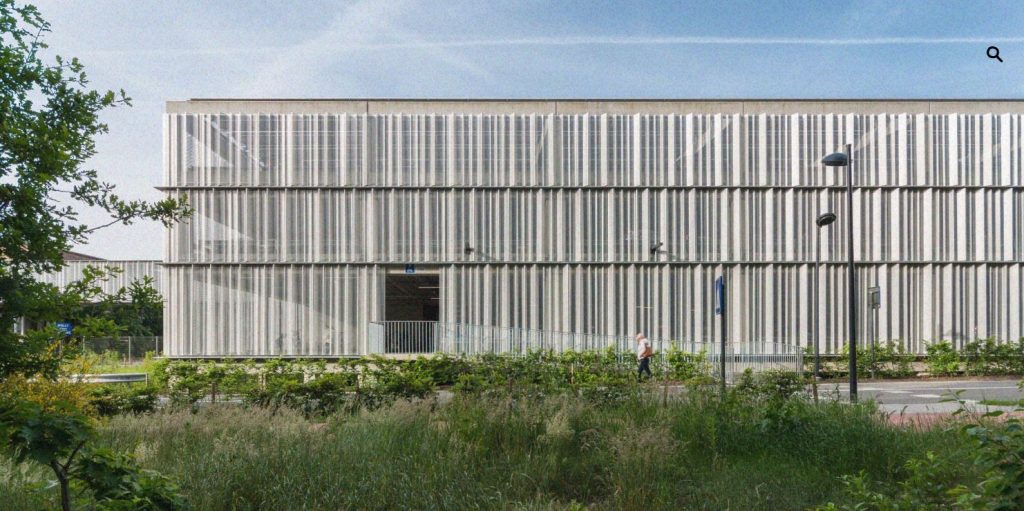
Sustainable car park by Archipelago
Aiming to drastically reduce the environmental footprint of the infrastructure, the architects opted for recyclable materials for the light façade, made of perforated aluminum sheets. The high rigidity of the sheets, which each have three folds of varying width, allows them to be fixed only at the top and bottom, avoiding the additional need for a support structure. The outer skin that dynamically reflects light endows the building with a contemporary aesthetic.
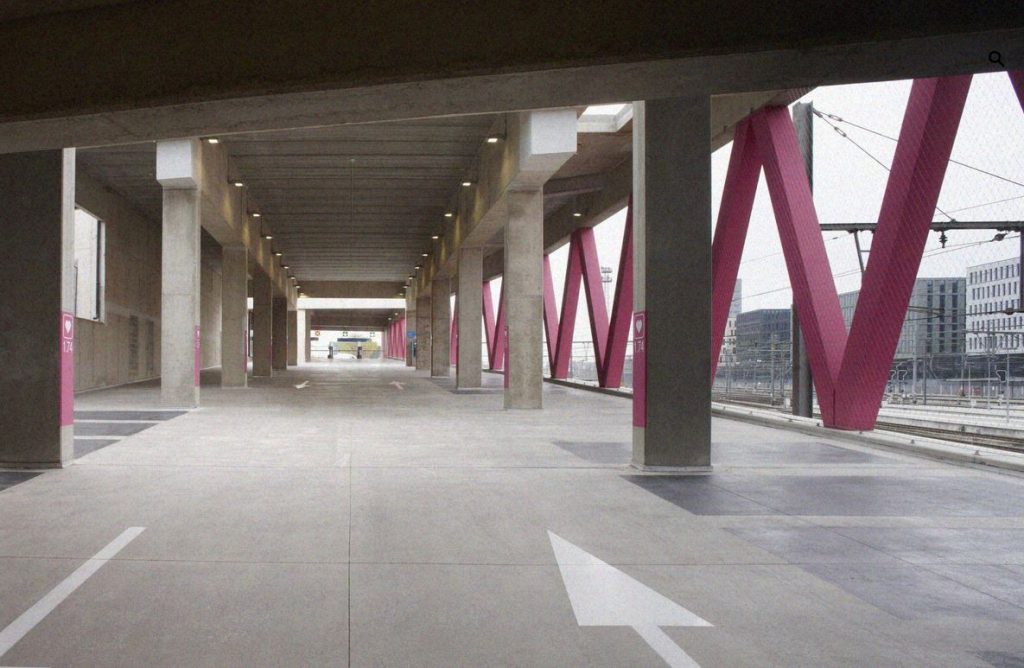
Sustainable car park by Archipelago
A 6,000 m² set of photovoltaic panels installed on the roof produces up to 470,89 kWp, supplying charging points for electric vehicles that are parked in the park house. Another sustainable feature is on-site rainwater infiltration made possible via the use of the green slope on the northern side and the permeable ground on the lower level.
To preserve biodiversity the team integrated special features to protect local birds and insects: on the eastern facade, about twenty bird shelters are provided, while the south-facing wall features “insect hotels.”
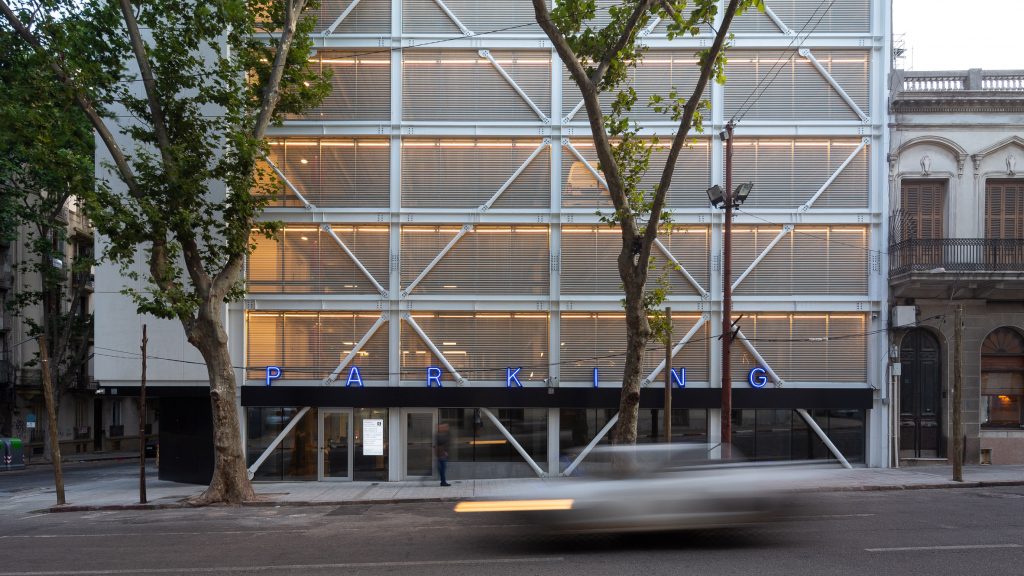
Florida Building by MAPA
Brazil- and Uruguay-based architecture firm MAPA sought to reimagine what a car park can look like by approaching the development as a multipurpose venue with translucent facades to connect the building to the city. With this in mind, they have developed The Florida Building, a prefabricated car park close to the densely populated plaza in Montevideo, Uruguay.
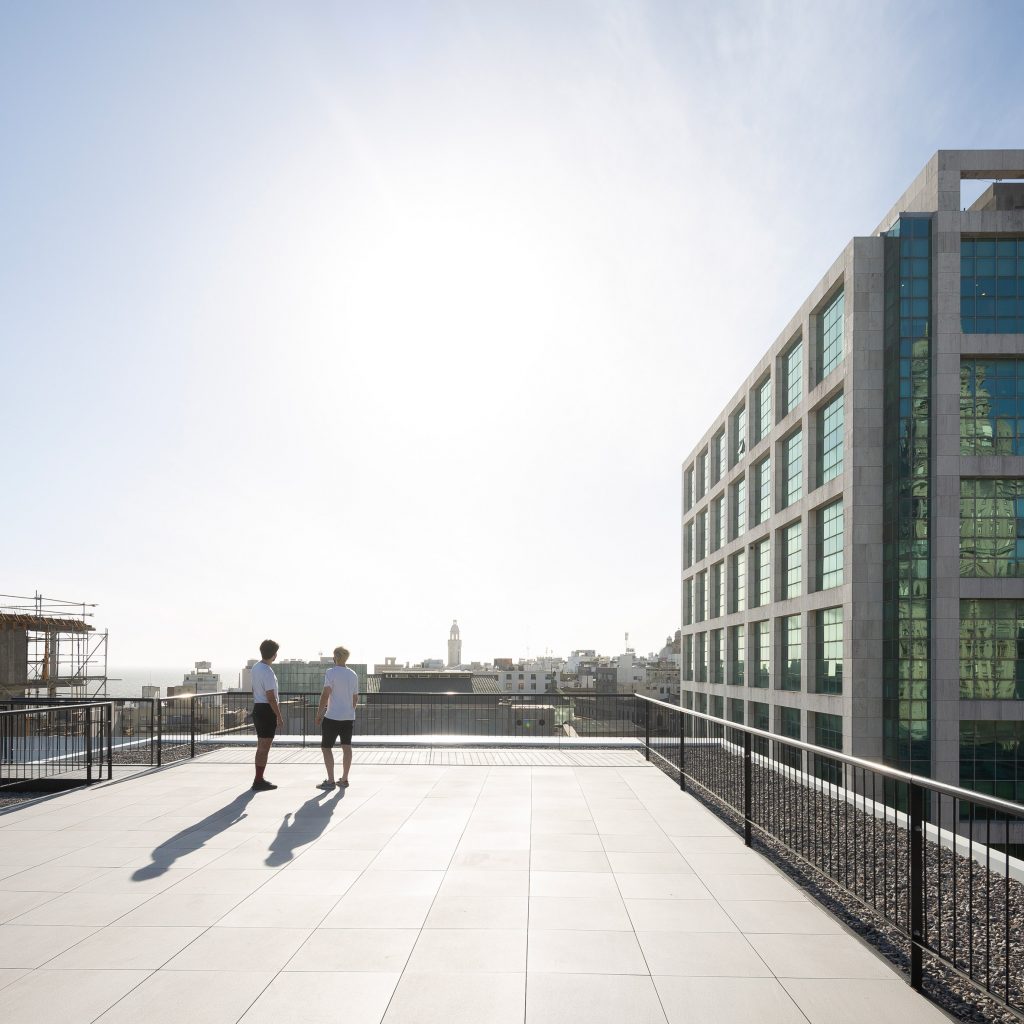
Florida Building by MAPA
The multi-storey structure is set above a commercial ground-level and topped by rooftop terrace that can be used for various activities. The patio space on the eight floor is available to be rented by a restaurant, gym, co-working space, event room or any other programme. The rooftop and this patio space are connected by an exposed staircase that offers views of Montevideo. Around the staircase decorative plants are arranged in a small courtyard garden.
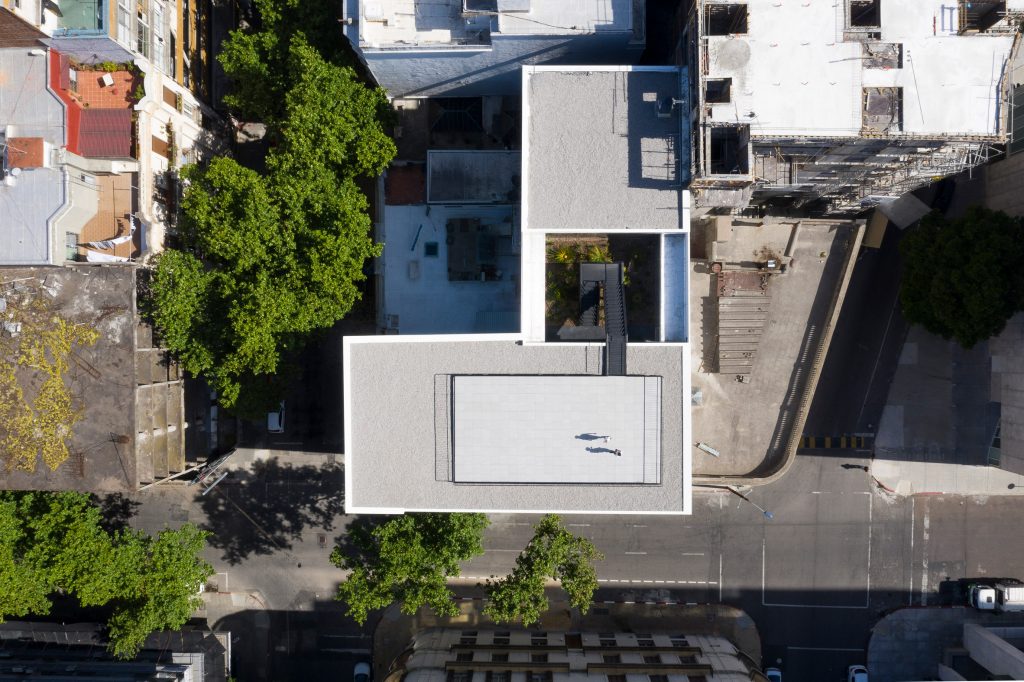
Florida Building by MAPA
The Florida Building has been conceived by the architects entirely as a detailed prefabricated metal structure that was shipped to Uruguay from China. Over 140 pillars, 1,050 beams and tensioners and more than 30,000 joints, bolts and lamps make up the building’s prefabricated structure. The decks are made of glass-reinforced concrete and steel and the sides are covered in metal mesh cladding.
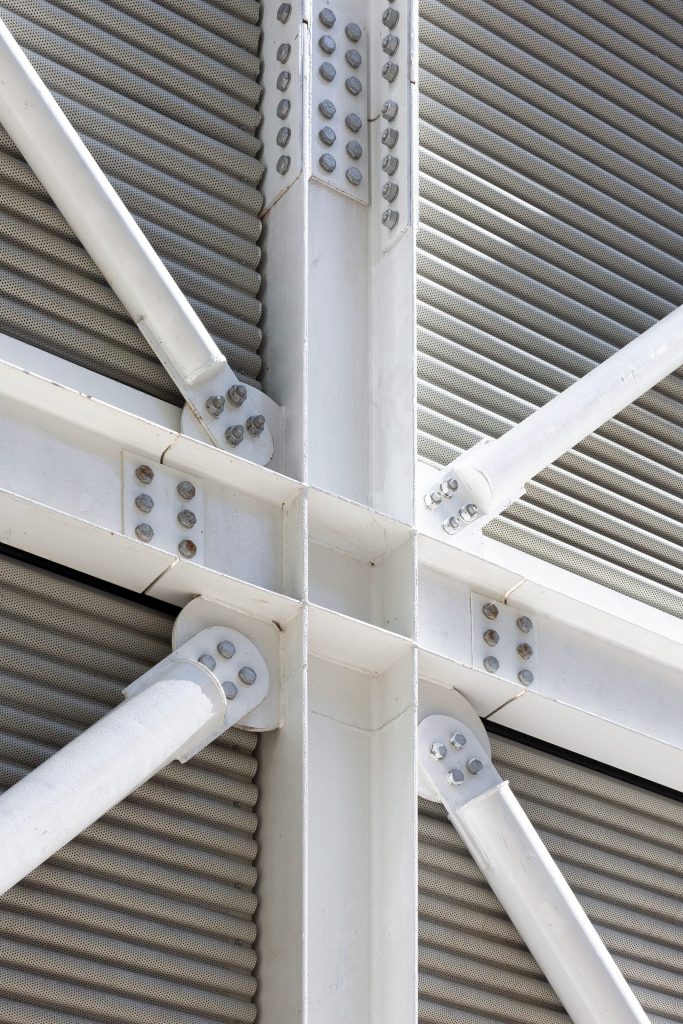
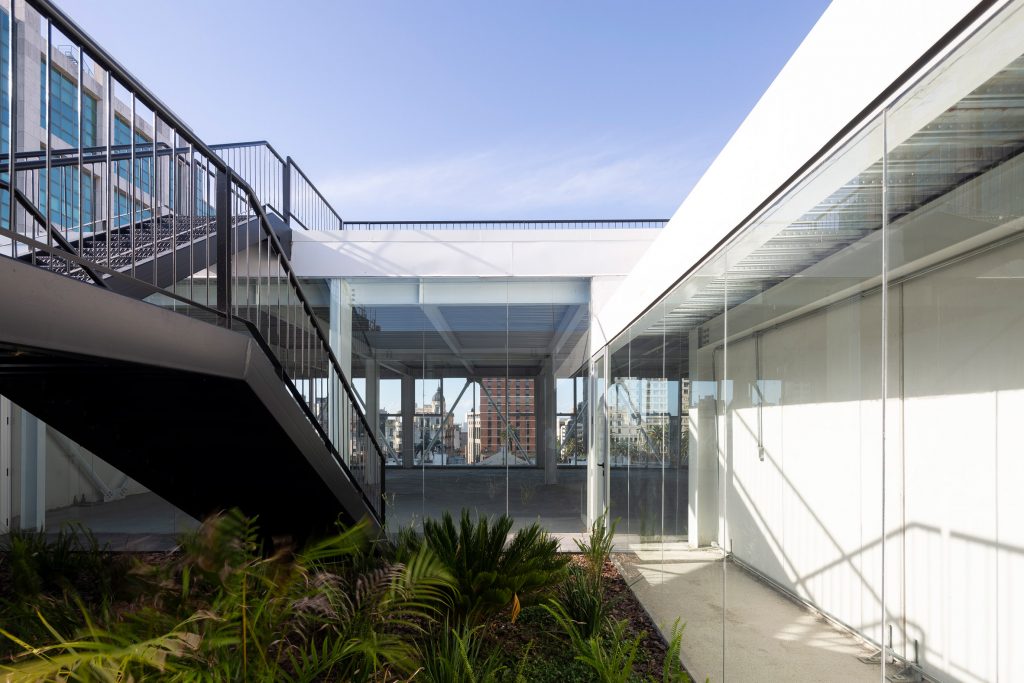
Florida Building by MAPA
Just like the aforementioned Future Car Park and Genk hospital car park, The Florida Building is not a mere car park, but rather a structure that enables other spaces and takes the opportunity to understand its strategic location in a vibrant urban environment.